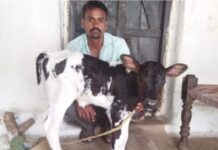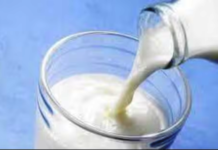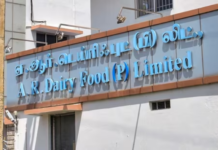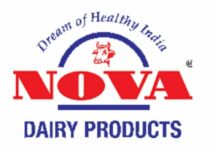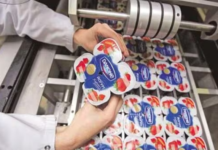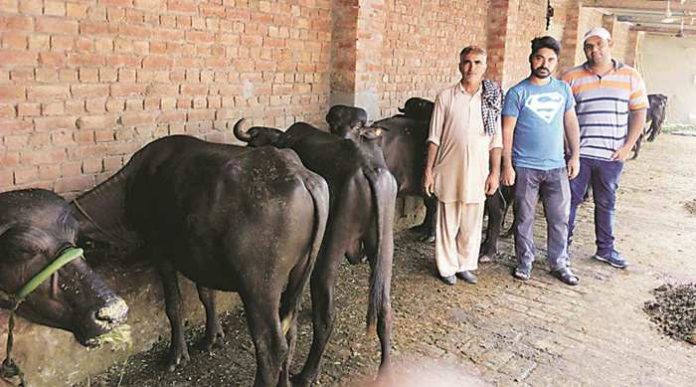New Delhi, March 23, 2021: India is the world’s second-largest producer of farm products and blessed with 140 million hectares of sown farmland, nearly 1,200 mm of average annual rainfall and as many as 15 agro-climatic zones.
However, despite this treasure of resources, India’s agricultural exports are hardly $ 40 billion a year. With the world expected to add another 2 billion to the current population of 6.8 billion by 2050, we can easily boost annual farm shipments to over $ 100 billion in the near future, which will also help in more than doubling our farmers’ incomes.
But this requires a coordinated strategy and leveraging our inherent competitive advantage. Consider milk, where we are not just the world’s leading producer, but also home to the largest population of buffaloes. This offers a unique opportunity for our farmers to rear these animals for both milk and meat.
Dairy cooperatives ensure that farmers receive roughly three-fourths of what consumers pay for milk. The domestic buffalo meat industry does the same: The Rs 25,000-26,000 that the farmer gets for a 300-kg spent animal now is 75-80 per cent of the free-on-board export realisation from buffalo meat. Why should the Indian dairy farmer be deprived of the “twin benefits” (from milk and meat) that will also lead to a “doubling” of his income?
The estimated global export market for bovine meat is around $50 billion. In 2014, India became the world’s biggest exporter and it was entirely buffalo meat. But, between 2014-15 and 2019-20, the value of our buffalo meat exports fell from $4.78 billion to $3.20 billion. This was unfortunate, considering India’s vast animal population (109.85 million buffaloes as per the 2019 Livestock Census) and the world-class plants built by the industry.
Despite significant policy support from the government, we are still finding it difficult to penetrate markets beyond Southeast Asia, West Asia and North Africa. Non-tariff barriers by the European Union, US and China pose a challenge to realising the true potential of Indian buffalo meat. The frozen, de-boned and de-glanded meat that we export fully conform to the standards and guidelines laid down by the OIE (World Organisation for Animal Health). Yet, there are many large meat-importing countries that are OIE members that do not follow its charter. This needs to be negotiated on a bilateral basis, more so with the government already taking the lead in correcting the one-sided imbalances that have arisen from free trade agreements signed with some of these countries.
On the domestic front, too, the current government deserves appreciation for sanctioning Rs 13,343 crore for 100 per cent vaccination of livestock against Foot and Mouth Disease and brucellosis, apart from allocation of Rs 15,000 crore under the Animal Husbandry Infrastructure Fund. What is necessary now is to implement these programmes on a war footing.




